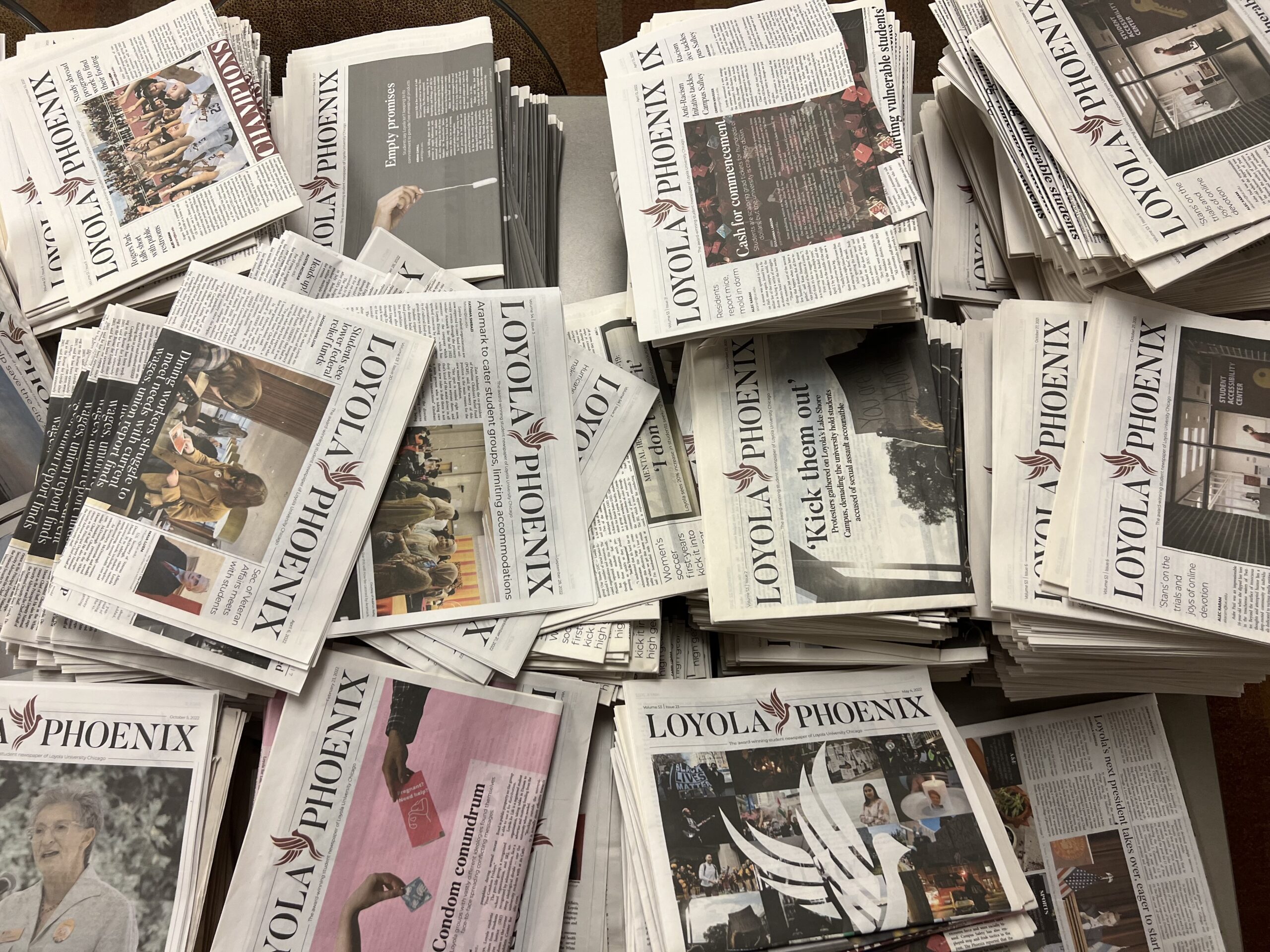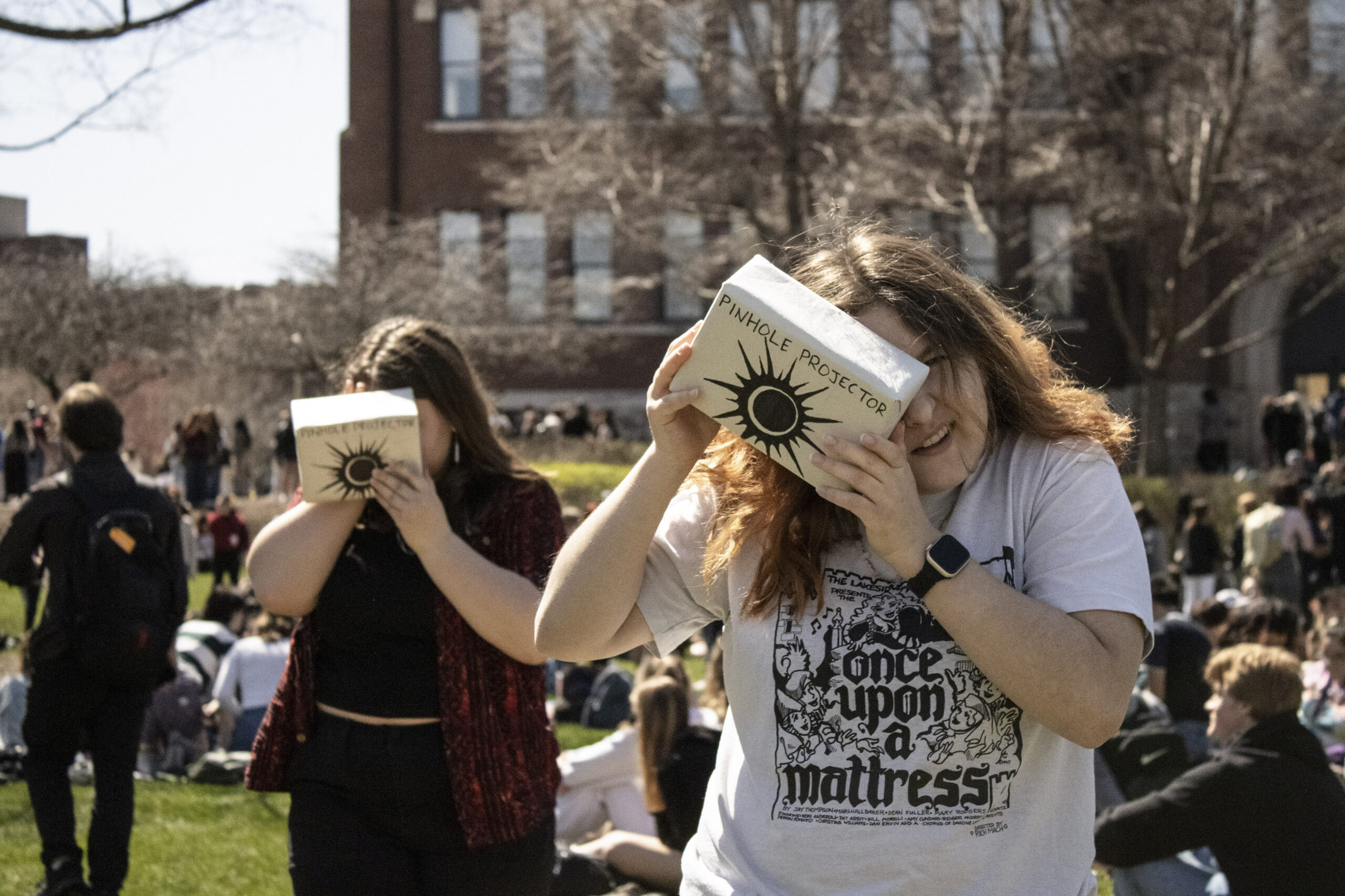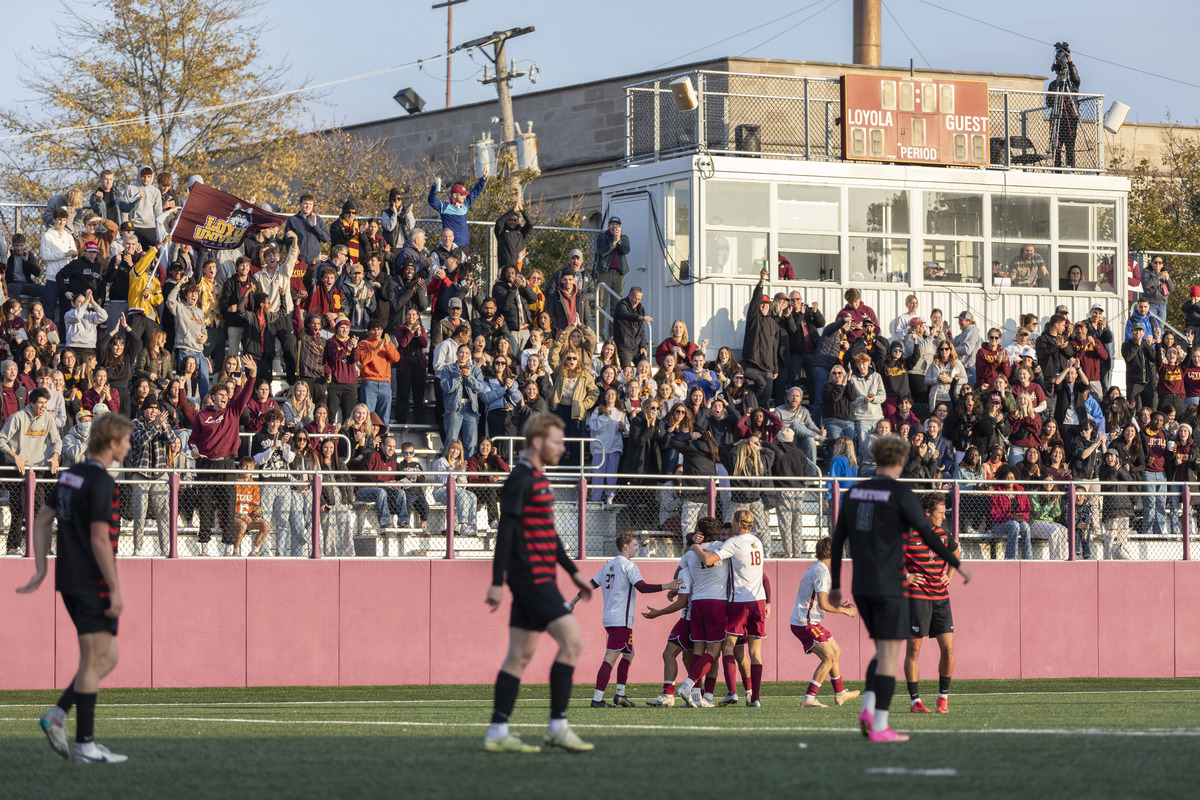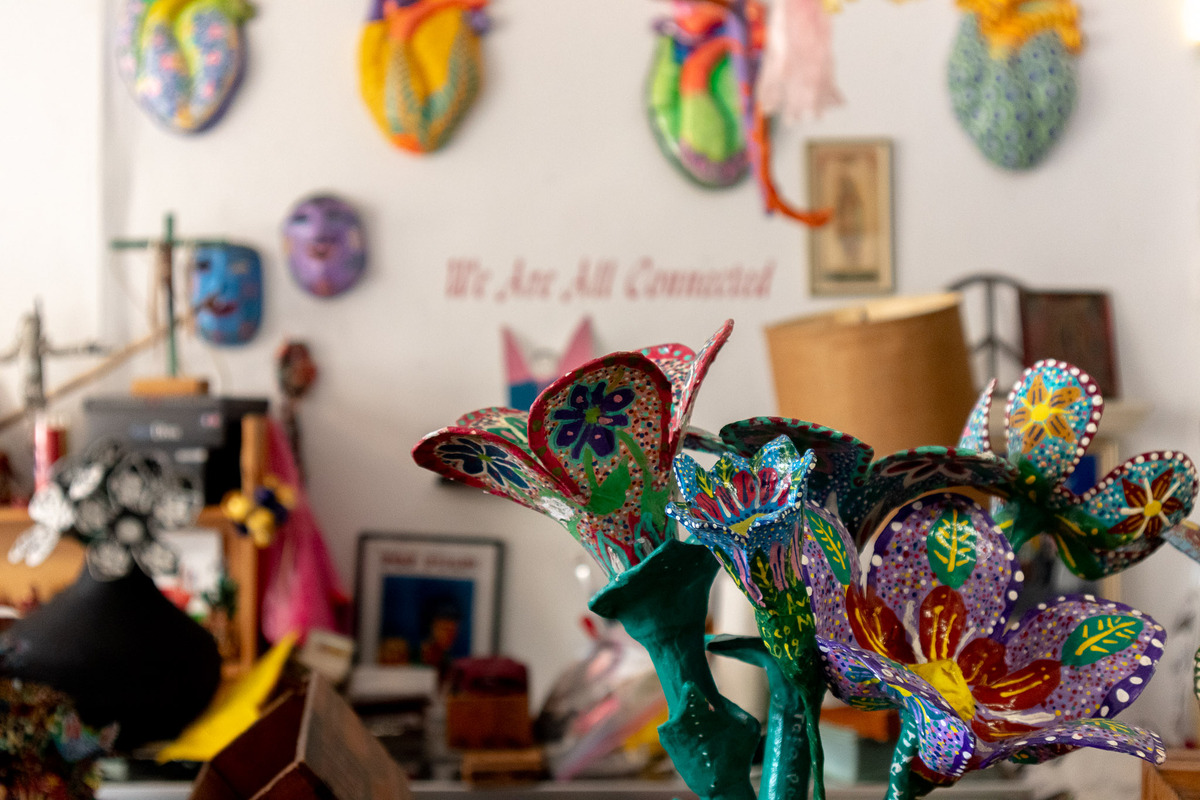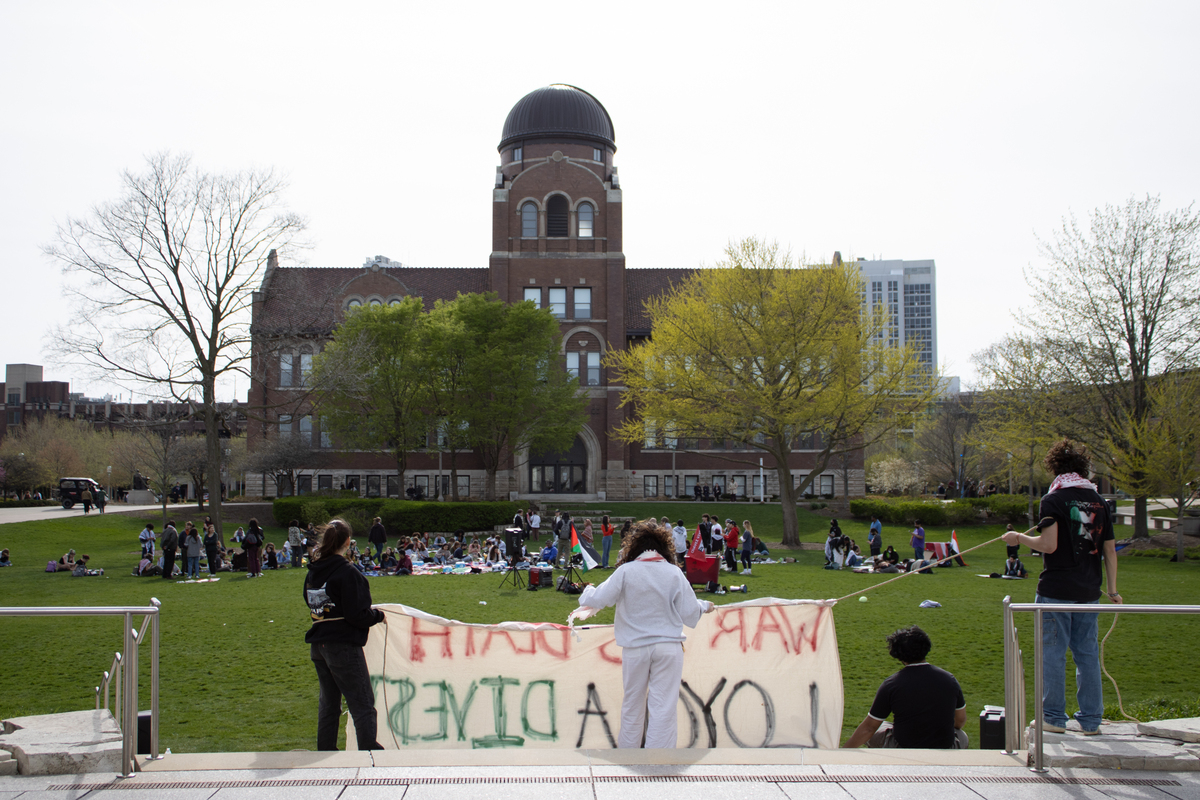The Phoenix’s predecessor, the Loyola News, was founded in 1924.
A Century of Student Journalism at Loyola

The Loyola Phoenix didn’t always have the columns, sections and style it has today. In the decades since the paper’s founding in 1969, there are too many changes to count — but the memories survive in former editors and writers.
Before The Phoenix was even a thought, student journalism at Loyola was defined by Loyola News, where students wrote about the latest fraternity activities, club meetings and school dances, all surrounded by cigarette ads and public service announcements.
Loyola News was founded in 1924 and operated until 1969 when it was shut down for unclear reasons, possibly to do with administration choosing the editor-in-chief instead of the student writers, according to university archivist Kathy Young. In 1969, The Phoenix metaphorically rose from the ashes of the Loyola News and established itself as a separate entity.
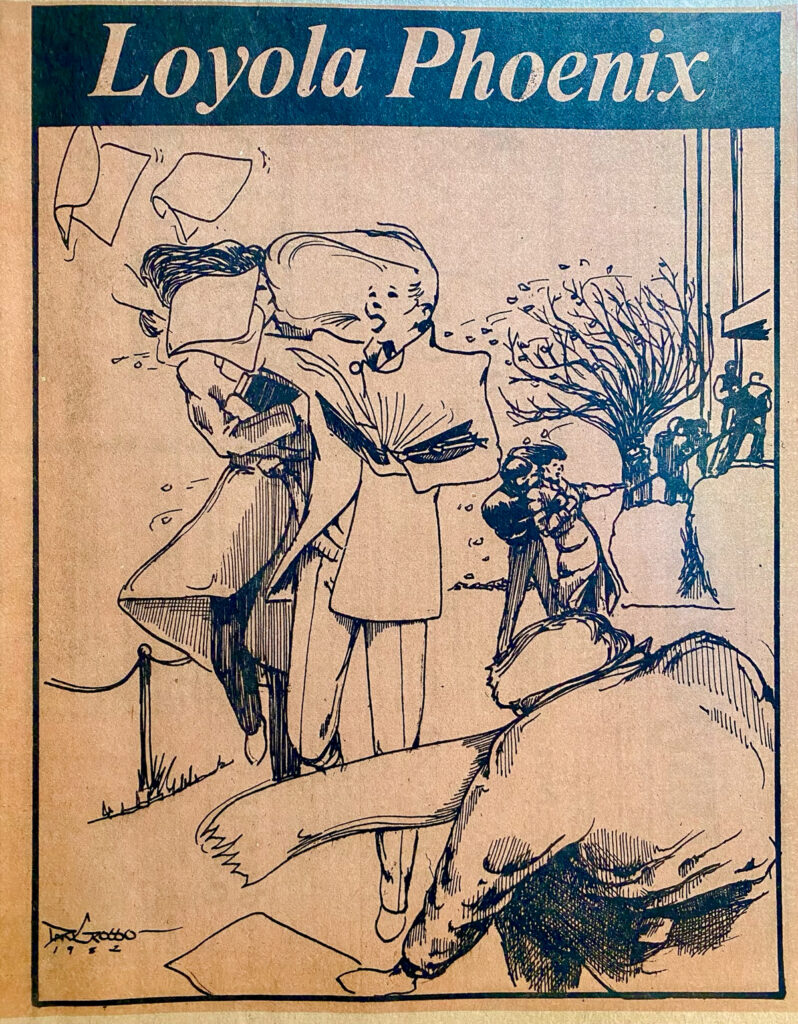
Image courtesy of Danny Grosso
Before its foundation in 1870, Loyola was called St. Ignatius College and shared a campus with a preparatory high school of the same name in the Near West Side. It officially changed its name to Loyola University in 1909 and moved to what is now the Lake Shore Campus in 1922, according to university archives.
Student journalism at Loyola began in the early 1900s, starting with the St. Ignatius Collegian which functioned under the administration’s approval, according to Young.
The archives, located in Cudahy Library, have a limited collection of the St. Ignatius Collegian and Loyola News prior to the 1960s but available editions focused on clubs, student events and citywide news.
By the ’70s, The Phoenix embraced the groovy fonts and fired-up feelings of the era, covering controversies like co-ed dorms and counterculture protests. More page space meant full-page ads, personal announcements such as birthday shoutouts to loved ones and letters to the editor — including a 1971 note from a Loyola neighbor expressing disapproval of marijuana-smoking students.
John Slania, associate dean of the School of Communication, wrote for The Phoenix from 1975 to 1979. He said he started out writing “cops-and-robbers” articles but focused on features in his third and fourth years.
“It was a whole different world back then,” Slania said. “It was pre-internet, pre-cell phone, pre-everything.”
In the ‘70s, Slania said The Phoenix modeled their features on the Chicago Reader, an alternative newspaper known for its creative, stylized reporting. Writers worked for a month on 2,000-3,000 word stories, he said.
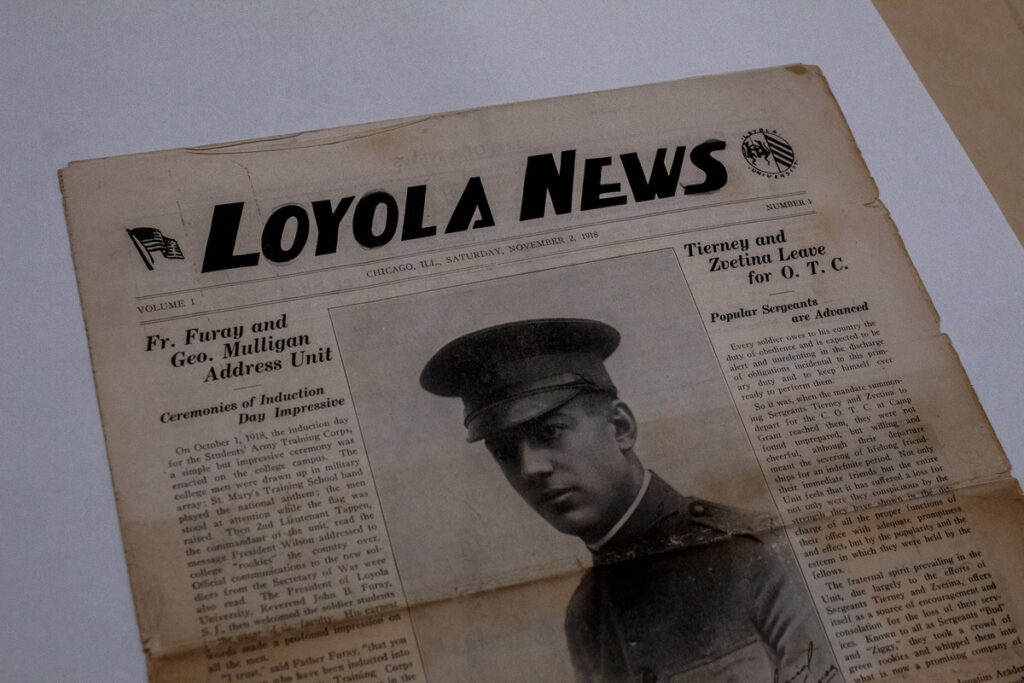
Image by Hunter Minné / The Phoenix
“Everything The Phoenix reflected was kind of the laid-back culture of the ’70s,” Slania said. “It was a lot of fun — you could pitch a story idea, get a month to work on it, get a lot of space.”
Slania said his journalistic ambition — inspired by The Washington Post’s reporting on the Watergate scandal — continues throughout his career, which included a stint at the Milwaukee Journal, now called the Milwaukee Journal Sentinel, and a role as editor at the Chicago Tribune.
“I was interim dean of the [School of Communication], and every time The Phoenix did a story that was a little controversial, I’d get a phone call from somebody — but I always told them I was an alum of The Phoenix and I always defended the students’ freedom to tell the truth,” Slania said. “I’m very proud to call myself an alum of The Phoenix.”
By the ’80s, especially after a record-breaking 1984-85 season from the men’s basketball team, Loyola sports were in the spotlight and social issues weren’t discussed as much, according to Martin McCormack, who wrote from 1981 to 1985 and became arts editor at the paper in 1985.
The paper was still a “hands-on” operation, according to McCormack, 60, who recalled laying out, waxing and rolling the pages the day before publication.
“At that time, there was no internet, no kind of social communication at Loyola except for the newspaper,” McCormack said.
During McCormack’s time, production nights — which were Thursdays, not Tuesdays, like they are today — consisted of him and over a dozen other writers making final edits and eating submarine sandwiches.
“Those evenings that we spent, it was a lot of camaraderie,” McCormack said.
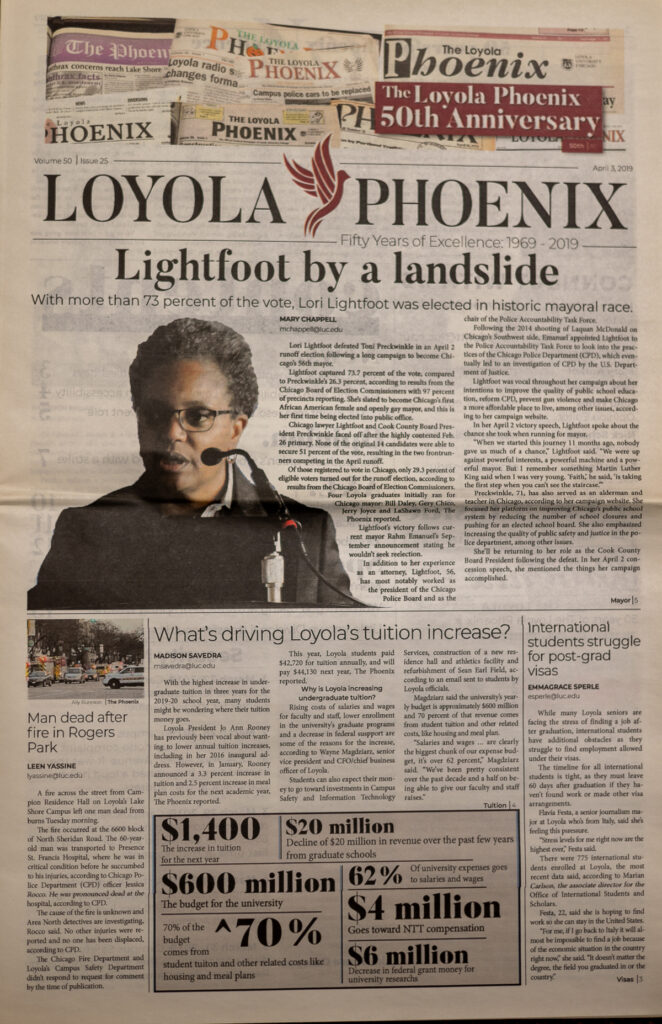
Image by Ryan Pittman / The Phoenix
McCormack, who minored in music, went on to co-found the band Switchback, a “Celtic soul” band which has toured internationally. After traveling with the band for a year, he returned to Rogers Park where he still lives today.
“The paper never really left us,” McCormack said. “Some of the colleagues I worked with, I kept on with for a long time.”
April Redzic, editor-in-chief from 1999 to 2001, said she still keeps in touch with her fellow Phoenix writers. The editor-in-chief before her, Steve Haro, attended her wedding where she married another Loyola alum in 2007, she said.
“It was just really cool getting the opportunity to spend so much time with people in a small windowless space, which doesn’t sound like it would be great fun,” Redzic said. “But you really focus on the people, and I am still friends and in touch with folks who I worked with at The Phoenix.”
Redzic, 44, is now president and CEO of DuPagePads, a non-profit organization which provides support services for homeless people. Communicating and writing columns helped prepare her for the role as CEO, she said.
During Redzic’s time, The Phoenix published an annual April Fool’s issue called The Kleenex. The Kleenex, which Redzic compared to parody newspaper The Onion, consisted of spoof articles supposedly written by celebrities, historical figures and silly names like “Zoowap Mmmbop” and “Don Taco.”
The history of the spoof issue stretched at least to the ’60s, including The Loyola Noose, which listed authors like Millard Fillmore and Leon Trotsky.
“One of the things that I have always loved about journalists and journalism is the ability to bring people’s stories to the front and allow them to have a voice, and I loved being able to do that during my time at Loyola,” Redzic said.
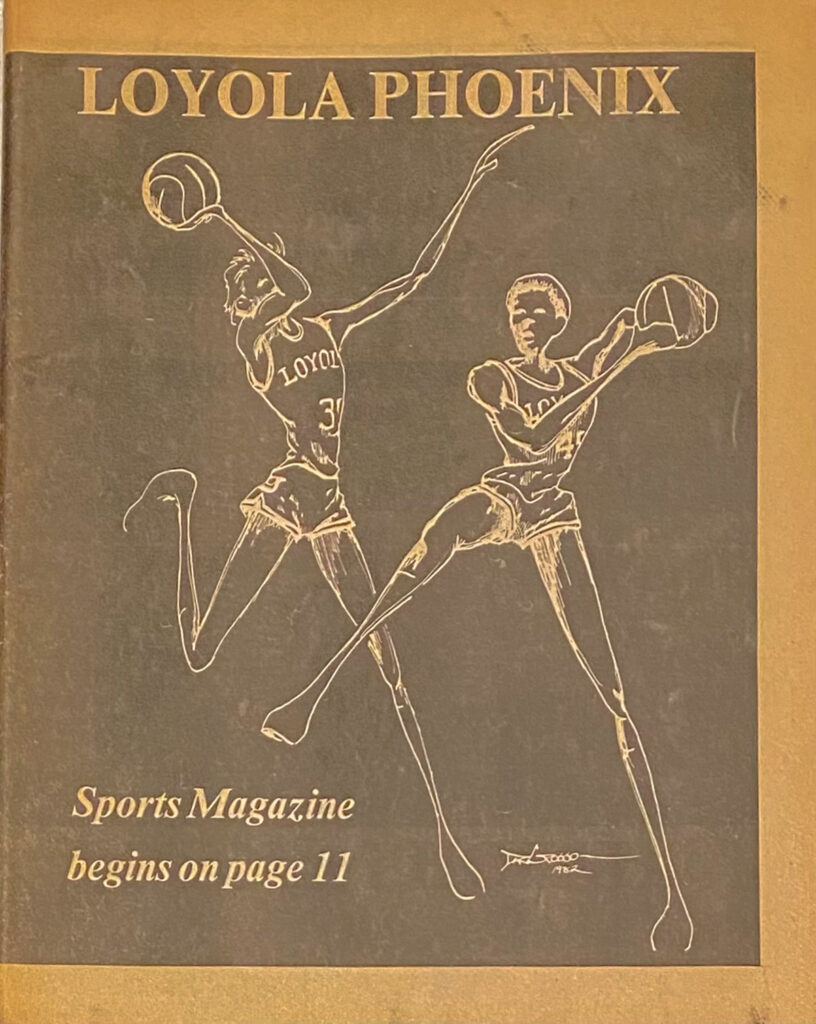
Image courtesy of Danny Grosso
After Redzic’s editorship, The Phoenix moved its headquarters from the basement of Mertz Hall to the basement of the School of Communication in 2013.
During the 2012-13 academic year, Tahera Rahman became the first Muslim editor-in-chief. Rahman, 33, also became the first full-time hijabi broadcast newscaster in the U.S. in 2018, according to Today, and is now a television reporter at NBC 5 Dallas-Fort Worth.
“It shows the diversity not only of Loyola but the country — the fabric of society is just so different from over the decades The Phoenix has been around,” she said. “Other hijabi women are also on-air now, and I’m in touch with a few of them. It’s awesome to see that.”
Rahman said despite working in TV news, The Phoenix helped her learn the basics of journalism all reporters should know, like writing and connecting with others.
She said one of the most impactful stories she wrote was an obituary for a student who died from falling off a train platform. She said the story won an award from the Illinois College Press Association, but she also received an email from the family of the student, thanking her for the tribute and helping them grieve.
“I’m 10 years removed from writing in college, but the nature of journalism to me stays the same,” Rahman said. “You’re trying to affect change in some way, even if it’s just for one family.”
Featured image by Hunter Minné / The Phoenix



